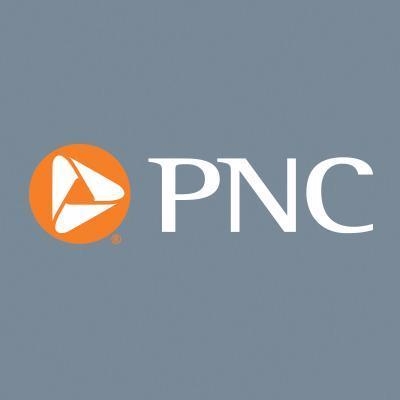, But Personal Income Down as Government Support Fades
Have a safe and happy Thanksgiving!
Consumer spending rose for the sixth straight month in October, up 0.5% from September, before inflation. Consumer spending fell 19% in March and April as the pandemic hit and states restricted economic activity, but has risen 21% since then. It is now less than 2% below its February level. Growth in consumer spending has slowed for six straight months, but it continues to increase at a solid pace.
Spending on durable goods rose 0.6% in October, while spending on nondurable goods fell 0.3%. Spending on services rose 0.7% over the month. Spending on both durable and nondurable goods is actually above its pre-pandemic level. But spending on services is still down 6% from February, as many consumers remain reluctant to be in large groups.
Personal income fell 0.7% in October, before inflation. Labor market income rose 0.7%, and there was also a large increase in income for the self-employed and from unincorporated businesses. But transfer payments from the government fell 6.2% over the month as bonus unemployment insurance benefits expired and fewer people received unemployment benefits. Disposable personal (after-tax) income fell 0.8% in October from September.
Disposable personal income fell somewhat in March as the pandemic led to job layoffs. But it soared in April, even as more than 21 million people lost their jobs that month, due to one-time stimulus checks from the federal government for many households, increased eligibility for unemployment insurance, and bonus unemployment insurance payments of $600 per week. Disposable personal income in April was 13% higher than it was in February; it is unprecedented for household income to surge in the middle of a recession. Disposable personal income has declined somewhat since then as government support has diminished, but it was still 4% above its pre-pandemic level in October, even as the unemployment rate was elevated at 6.9%. It is this support from the federal government that has allowed consumers to increase their spending, supporting the ongoing economic recovery.
With disposable income down and spending up the personal saving rate fell to 13.6% in October from 14.6% in September. The saving rate hit a record high of 34% in April as households received a flood of income from the government and cut back on their spending because of the pandemic; it has fallen steadily since then, but remains far above the pre-pandemic saving rate of around 8%. High savings will allow consumers to increase their spending in the months ahead, even as income growth slows.
Both the overall and core (excluding food and energy) personal consumption expenditures price indices, the Federal Reserve’s preferred inflation measures, were flat in October from September. Year-ago overall PCE inflation was 1.2% in October, down from 1.4% in September. Core PCE year-ago inflation was 1.4% in October, down from 1.6% in September. Excess capacity throughout the economy makes it difficult for firms to raise prices and continues to keep inflation well below the central bank’s 2% objective; this gives the Fed lots of room to keep both short-term and long-term interest rates very low.
With no inflation in October, real (inflation-adjusted) consumer spending was up 0.5%, while disposable personal income was down 0.8%.
Thanks to government stimulus household spending has largely rebounded from the downturn in March and April; with consumer spending accounting for two-thirds of U.S. GDP, this has led to recovery in the overall economy. Low interest rates, job gains, high household saving, and rising household wealth, from higher stock prices and home values, are also supporting consumer purchases.
But the near-term outlook for consumer spending is for much weaker growth. Record coronavirus caseloads are a deterrent to purchases, and stimulus efforts are fading. The one-time stimulus checks were received in the spring, bonus unemployment insurance benefits have run out, and 12 million of the unemployed are set to lose benefits at the end of year unless Congress acts soon; until then many households are likely to cut back on the spending in the weeks ahead. Congress is likely to pass a new stimulus bill either later this year or in early 2021, but the longer that takes, the bigger the near-term hit to consumer spending. But spending should pick up in 2021 as a vaccine becomes widely available and people feel more comfortable going out.
PNC expects holiday sales in 2020 to be up about 6% from 2019. With low inflation, almost all of the increase will come from higher unit sales, not higher prices. This would be the strongest holiday sales growth since 2017. All of the gains will come from higher non-store sales, primarily online sales. Online retailers have been taking market share from traditional brick-and-mortar retailers for years, but that process accelerated as the pandemic took hold and consumers became reluctant to venture out. With virus cases surging in many parts of the country in the fall, online sales will continue to see gains of better than 20% year-over-year, while in-store sales will continue to decline. PNC expects online sales to be up 27% in the fourth quarter of 2020 compared to the same period last year, while in-store sales of general merchandise are expected to drop 6%.
The PNC Financial Services Group, Inc. is one of the largest diversified financial services institutions in the United States, organized around its customers and communities for strong relationships and local delivery of retail and business banking including a full range of lending products; specialized services for corporations and government entities, including corporate banking, real estate finance and asset-based lending; wealth management and asset management. For information about PNC, visit www.pnc.com.














